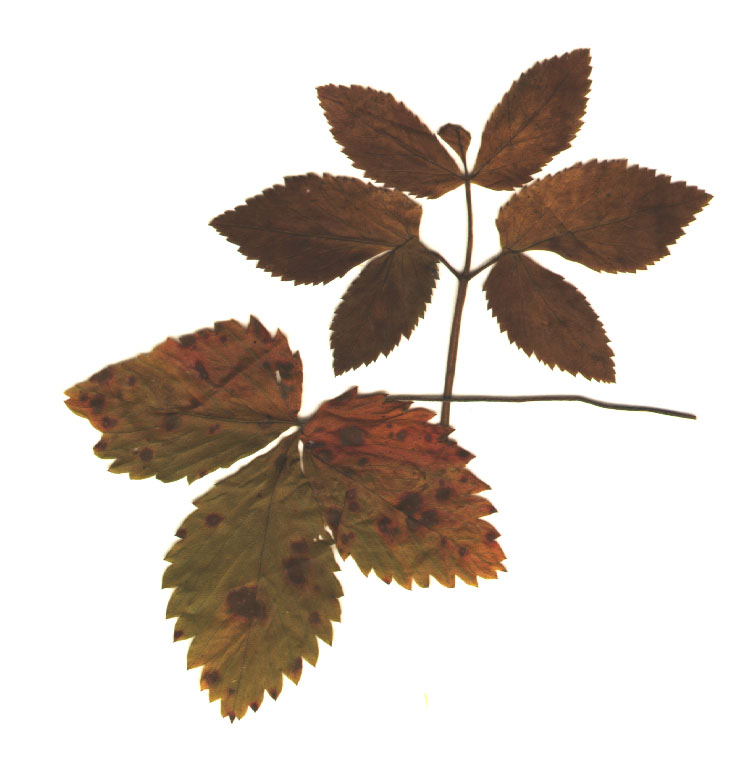
By Susan Kramer
As babies, we see the world around us at face value—what is visible to our sight, on the surface, is our reality. We see shapes, colors, dimensions. But this consciousness, carried into adulthood, is a habit that keeps us from growing up in our understandings about ourselves, others, the world we live in—our unseen roots.
Our growth in consciousness of what is unseen by our eyes and bodily senses is a natural evolutionary process—a process we grow in through our experiences in living. Through our emotions and thought processes, we see that some parts of life are very real and used by us, even though we can't see them with our eyes. And we learn by our reflections on this, that all in this world that we see and perceive with our senses has a hidden underlying structure.
The same is true with our bodies. We see a person's physical form and say, Oh, yes, that is my friend, Susan. So we recognize Susan by her outer form without being aware of the underlying systems supporting her life. We look at ourselves in the mirror and say—oh, I am so fat, or—I am so skinny, or—I look good today. We even judge ourselves by what we see of ourselves with our eyes.
But we need not be limited to this point of view—to this perception.
A way to discover the unseen consciousness behind the outer covering of ourselves and everything, is by going within our mind in the stillness of self-analysis, reflection, and meditation. As we use our mind to dissect our inner workings, and experience the bliss brought on through our time in meditation, we see the inside view of the universe that is working to support the outside objects visible through our eyes.
As we come to know and understand, first hand, through meditation, especially, just what is behind the outer forms, we can then make use of our unseen aspects. We begin to consciously use more than the animalistic, instinctual aspects of ourselves that motivate us to preserve our bodies and reproduce.
Through meditation we perceive that what is supporting us is an energy that is so vibrant, that when we consciously perceive its presence our physical body heats up, perhaps perspires, and our mind is filled with joy.
From this inner experience of the energy supporting our mind and bodily systems we take back contentment and competence into daily living.
Contentment and competence because our mind realizes that outer problems do have a solution. A solution available to us when we dive into the inner place of peace and joy, immerse ourselves fully—pulling out harmony. Harmony that equalizes the outer dilemmas, sooths the emotions, separates the emotions from the issues at hand to allow the viewing of a useful plan of resolve.
This process of diving within to our depths of joy and harmony, then bringing harmony out into daily living, is a built in plan—for us as humans to discover and use so that our experience of living will be the best it can be, full of joy and harmony.
As humans, we are meant to use the gifts of harmony and joy from our inner support system to harmonize our daily living in the world. And as we use the inner aspects of ourselves in our daily life, we inspire others to dive into the depth of their own pool of consciousness within—they want to be happy and live harmonious lives, too.
As we each grow in consciousness of our unseen roots, bringing the inner harmony into the outer focus, we will become aware and able to use harmony for the good of all people, and everything else in our universe.